True wireless is here to stay. And that’s great news for everyone.
by Peter Hartmann | September 28, 2017
2016 was the year true wireless earbuds finally hit the mass market. From Jabra Elite Sport to Apple’s much-discussed AirPods, there’s now no shortage of earbuds to pick from, as almost all headphone producers have either released their own versions, or are about to. But is true wireless a fleeting fad, or here to stay?

We think it’s the latter. And not just because Elite Sport was recently listed as the best selling true wireless sports earbuds in the US, and the second best selling in the general true wireless category.
Back when the news broke that Apple’s iPhone 7 would come without a headphone jack, many consumers were outraged by the decision. Others praised it as a bold and courageous move towards embracing a wireless future.
History, as we know, is on Apple’s side. In 1998, the company was mocked for abandoning the floppy disk drive on the iMac G3. Now raise your hands – how many of you are weeping over that decision? When Apple introduced the mouse to its desktop computing, there were those who just didn’t see the point.
Apple often has a knack for spotting trends and acting on them before others do. With the new AirPods, Apple isn't just introducing yet another pair of wireless earbuds; it's bringing the very concept of "true wireless" to the mass market.
True wireless is here. And it’s set up camp.

At Jabra, we’re no strangers to wireless tech. We launched the world’s first Bluetooth headset back in 2000, and we announced our first true wireless earbuds – Jabra Elite Sport – in early September 2016. This year we increased Elite Sport battery life by 50%, and we have big true wireless plans for the future.
And those plans are not wishful thinking. It’s where the market is heading. Wireless headphones already account for almost a quarter of all headphone units sold. By 2025, they’re expected to account for well over a third.
However, even if you accept that true wireless is going to stick around, you might have a concern or two (or ten). Let’s tackle the most common ones.
“Don’t you find connecting them is a pain in the a#%!”
Unlike with wired headsets, there was no Plug and Play option with Bluetooth. You had to first connect the headphones to your smartphone via an inconvenient – even if not so complicated – “pairing” process.With Elite Sport it’s quick and simple. Remove the earbuds from the charging case and they will automatically turn on and be ready to pair with your smartphone.
“Okay, but will I lose them?”
By definition, true wireless earbuds don’t have anything connecting them. They’re truly wireless. They’re also smaller than traditional wireless headphones, and are usually designed to fit neatly into your ear canal. Should you be worried about losing them?
Manufacturers take this into account and look for ways to minimize the risk. Jabra true wireless earbuds come with a carry case to store them in. If you’re worried about them slipping out of your ears – don’t be. They, especially fitness versions like Jabra Elite Sport, are specifically designed to stay snugly in your ears, no matter how much you shake your head. They’re also far less likely to get yanked out of your ears than headphones with a wire.
You’ll also see other innovations that reduce the risk of losing your true wireless earbuds. (For example, GPS tracking that helps you locate your earbuds if you misplace them.) In short, while it’s a good idea to take extra care with them, it doesn’t have to be a major issue.
“Right. So how long will they last?”
Because of their smaller size, true wireless earbuds have batteries that last 3-5 hours before needing a charge. Typically, their carry case also doubles as a portable charger that helps top up the battery on the go. This extends the total battery time of Elite Sport to 13.5 hours. Is that a whole lot? Not compared to some other Jabra earbuds, but it’s certainly enough to get most people through the day.
“Still, I’m worried about the sound quality.”
Any true audiophile will tell you that wireless headphones “just don’t sound the same, man.” They’re right. You have to compress the audio in order to transmit it wirelessly, leading to some loss of quality. However, via a Jabra app users can customize their sound with adjustable equalizer profiles – making sure the sound you prefer is the sound you get to listen to. Even better, with the Elite Sport you can now save your profile settings directly to the earbuds – meaning they remain even if you switch devices (e.g. your smartphone).
Of course, wireless sound quality keeps improving. The Aptx codec already delivers “CD-like quality” to Bluetooth headphones. Is that good enough? You decide. But for years, most non-audiophile music listeners have been very happy with wireless sound quality. And it will only get better.
“Fair enough, but why go true wireless in the first place?
First, there are the obvious things: a more discreet form factor, no tangled wires, better range of motion while exercising, etc. But true wireless earbuds are also paving the way for how we interact with our technology going forward. We’re using our voice to perform an ever-broader range of tasks, from asking Siri to schedule our appointments, to controlling things in our home via Amazon Echo.
True wireless earbuds help us bring voice-activated features to the forefront. They let us smoothly switch between calls and music, and their noise-reducing tech is helping digital assistants better understand what we’re saying.
So the question is not whether true wireless earbuds are here to stay. They are. The real question you have to ask is this.
How long will you wait until you get your first pair?
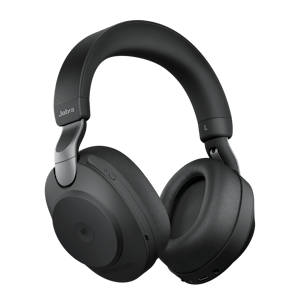

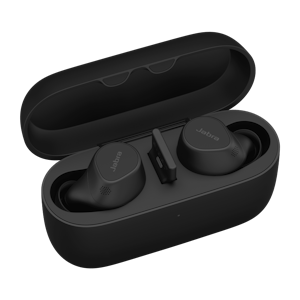
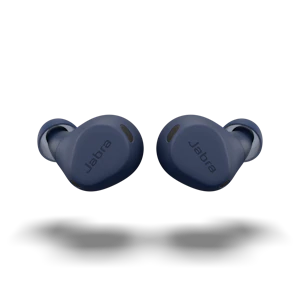
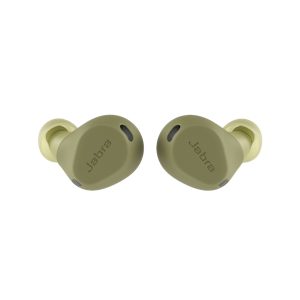


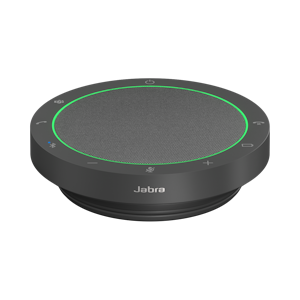

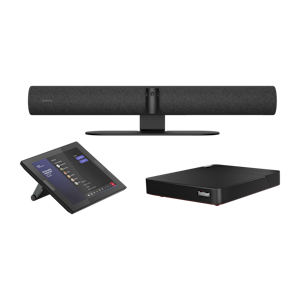




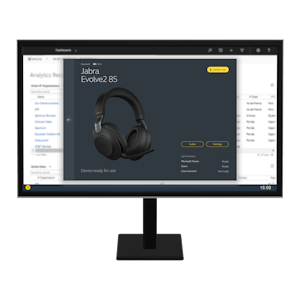



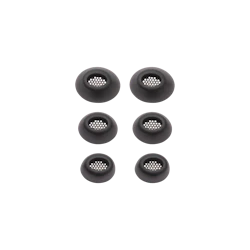
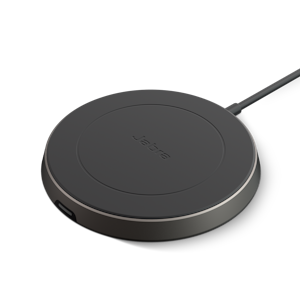

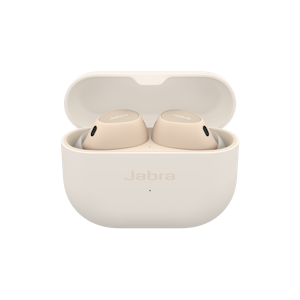
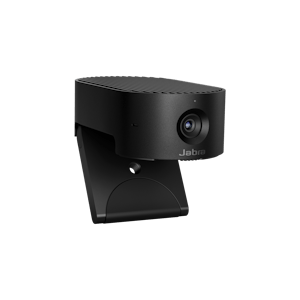


 {{product.productName}}
{{product.productName}}
